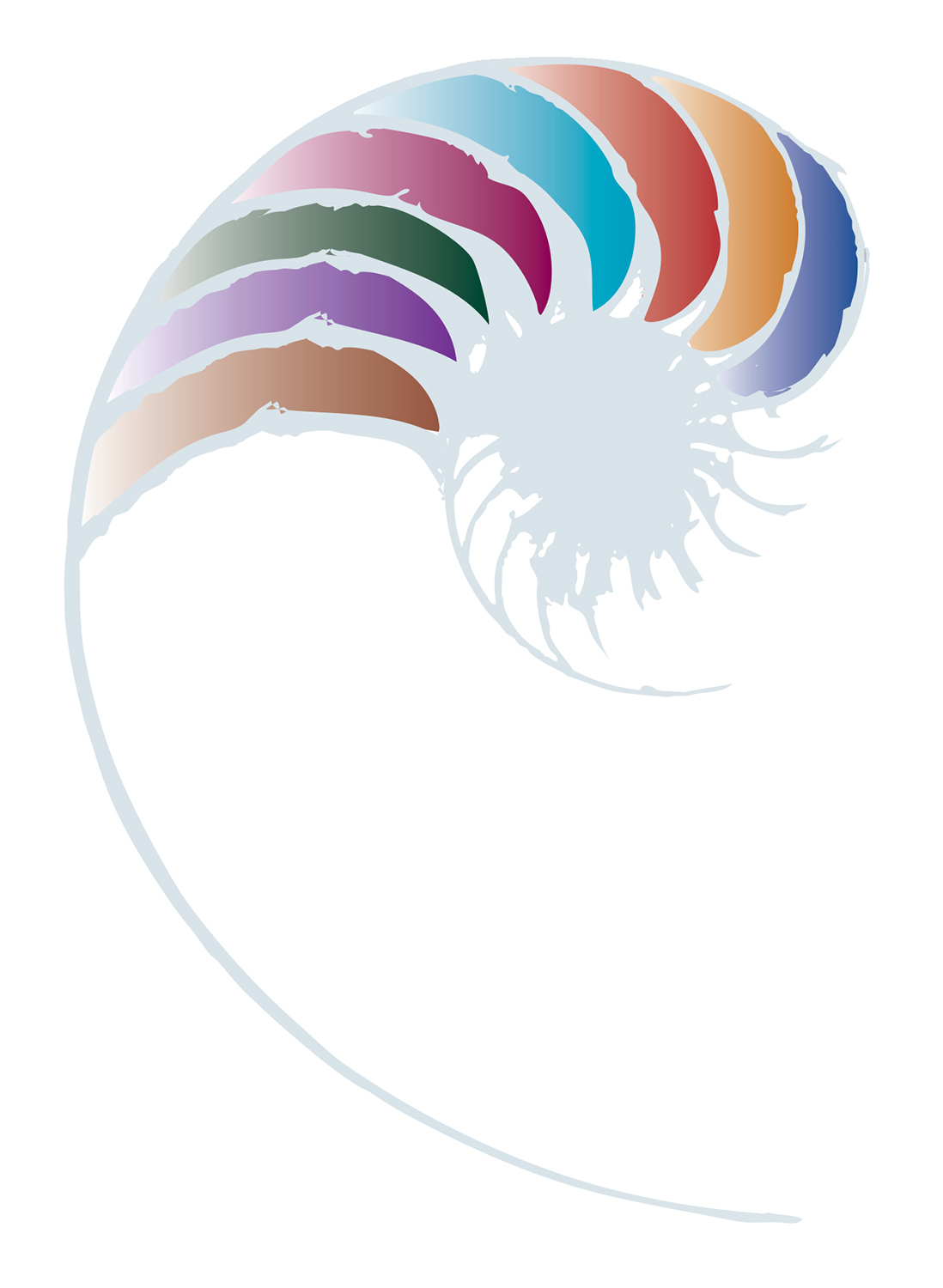Ngā Toi
Arts
An introduction to ngā toi (the arts) in Te Whāriki along with ideas and resources to help mokopuna learn through and about the arts.

Introduction to the arts in early learning
‘The arts’ is the collective term for different types of creative expression. Some examples include music, storytelling, dance, visual arts, digital design, and drama.
Creativity, curiosity, and cultural identity are nurtured through arts learning experiences. When mokopuna engage in the arts, they are developing increasing competence in symbolic, abstract, and imaginative thinking.
The arts are one way that mokopuna can explore important experiences, thoughts and feelings in their lives, as well as in the wider world. The arts can help them to better understand complex ideas and different perspectives.
Some examples of this include:
- using drawing to process important events such as the arrival of a new sibling, going on a holiday or a local natural disaster
- painting important people, places and things in their lives
- using performance to engage with wider world issues such as climate change or endangered animals
- dancing and movement to show how they are feeling
- music-making to explore and tell stories from their own and other cultures.
In all societies and cultures, the arts have been crucial for recording history, strengthening communities, and shaping the future. In Aotearoa New Zealand they are powerful forms of expression that contribute to the unique bicultural and multicultural character of the nation.
Cultural histories, values, ideas, and stories are the elements that performers, artists, storytellers, dancers, actors, and creators often take inspiration from. This is the case for mokopuna as well as adults.
The arts are for all of us – they can help mokopuna, kaiako and whānau know who they are and what they might become. They enrich our lives.
The strands and goals of Te Whāriki illustrate the value of the arts for mokopuna. When kaiako consider curriculum design and planning for the arts in early childhood services, it can be useful to recognise that mokopuna learn through the arts and also learn about the arts.
- Learning about the arts
- Learning through the arts
- The role of kaiako
- Māori and Pacific arts
- STEAM
- Useful resources

Mokopuna can learn about and appreciate the arts by being given opportunities to see, explore, and be inspired by the work of professional artists and performers.
Taking mokopuna children on excursions to experience the arts in a real-life context is a powerful way to do this. These can include:
- plays, dance and kapa haka performances
- art exhibitions
- performances at local schools
- cultural festivals.
Inviting artists and performers into the centre, as well as using and making visible the artistic talents of kaiako and whānau within a service, are also helpful ways for strengthening arts appreciation.
Exploring the illustrations in books, art created through digital technologies, cultural artefacts, and other art objects can foster curiosity and sometimes provide insights about why the art was created.
Kaiako can use open-ended questions to encourage mokopuna to talk about art experiences they have engaged with, to help them interpret and make meaning. They can discuss the techniques, concepts and art vocabulary used by different art disciplines. This can help mokopuna to think about and talk about their own and others expressive work.
These can include:
- distinctive rhythms and beats in different types of music
- elements in visual art - such as line, shape, texture and colour
- the use of different voices and movement in drama
- ways that space and movement are used in dance.
Kua kite rānei koe?
About this resource
This resource introduces ngā toi (the arts) in Te Whāriki along with ideas and resources to help mokopuna learn through and about the arts. Provides guidance about the role of kaiako, ngā toi Māori, Pacific arts, the concept of 'STEAM' and useful resources.











